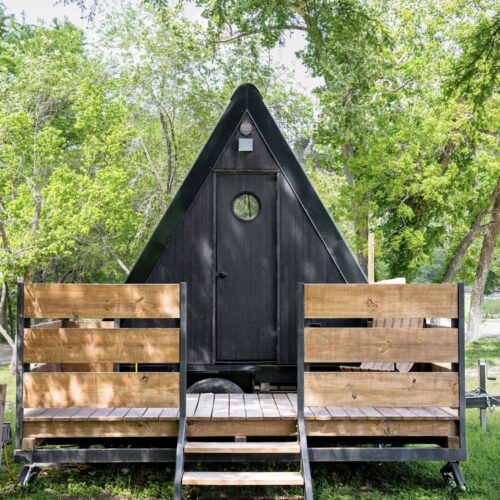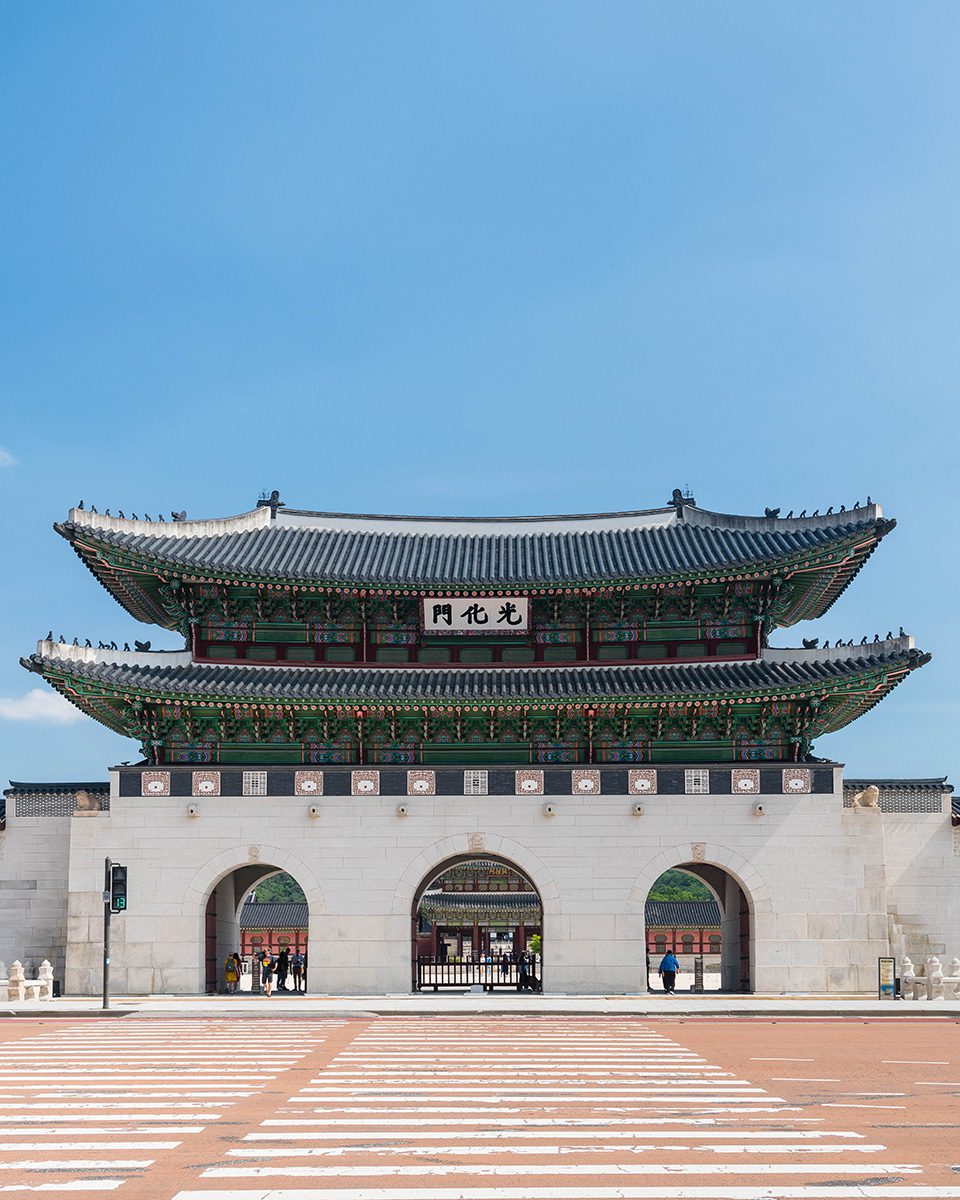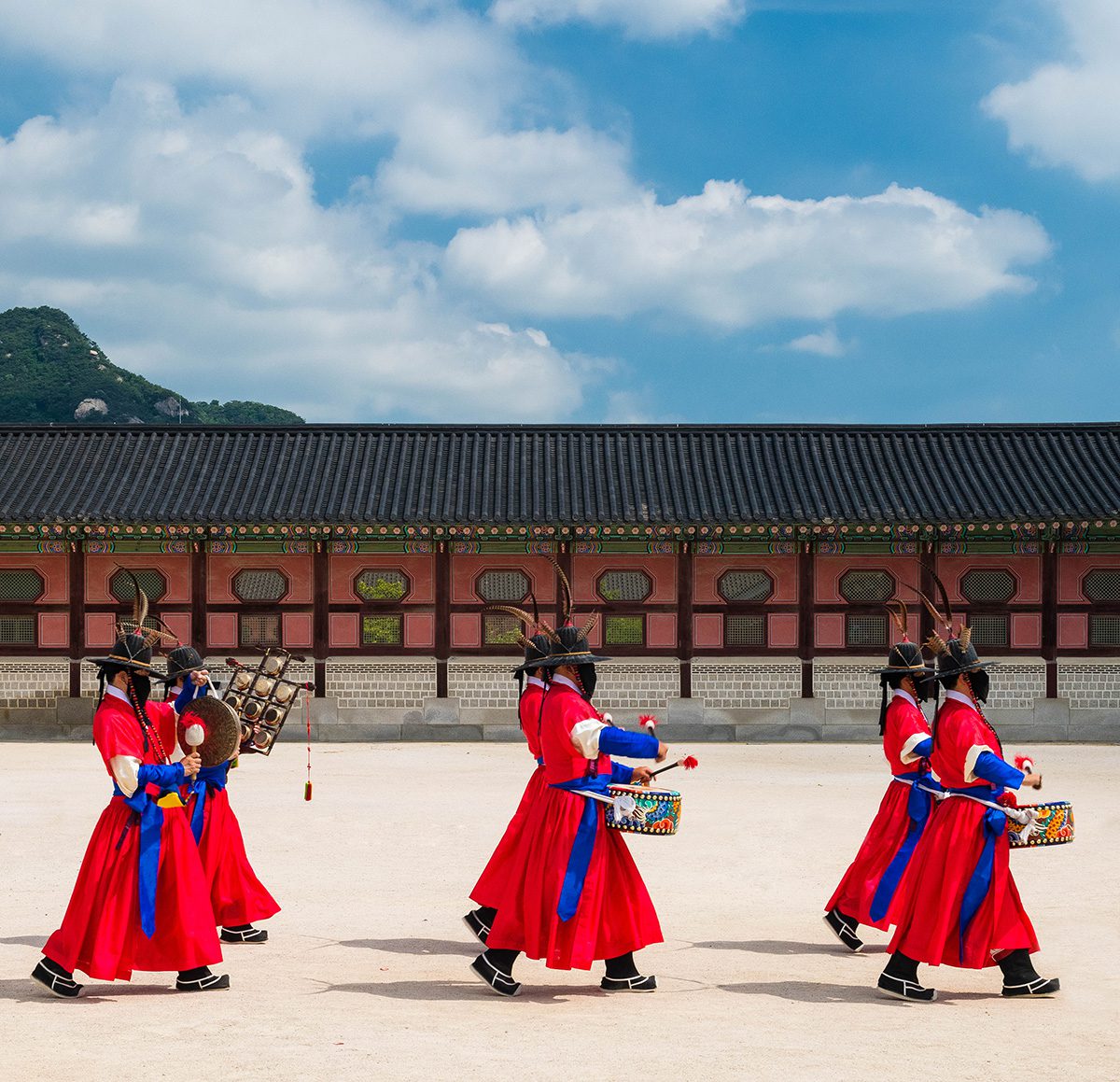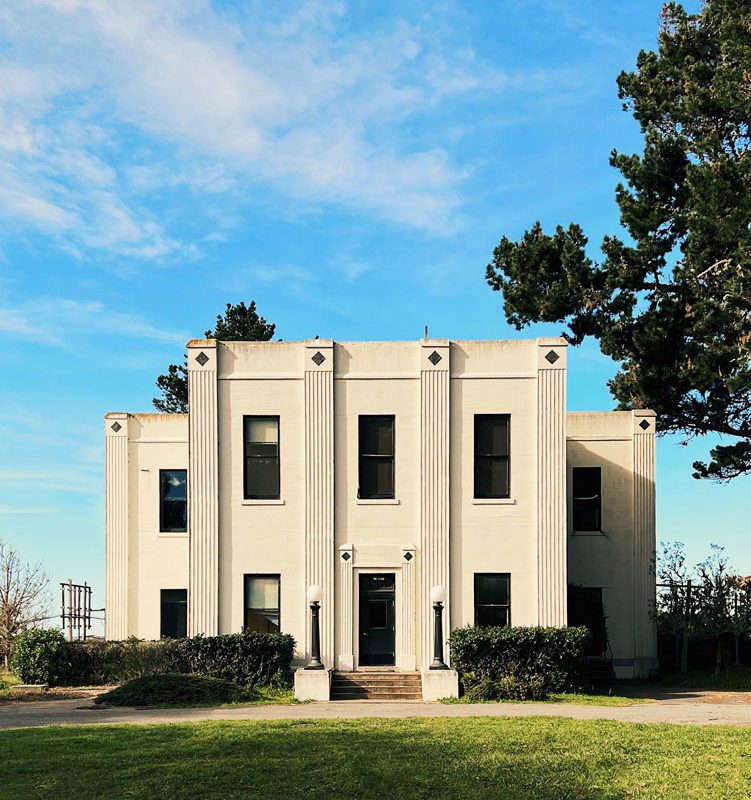Ever deal with a nosy neighbor? How about one that just won’t leave your stuff alone? Gwanghwamun, the beloved gateway to the South Korean palace, has endured several rounds of damage and restorations over its first 600 years of existence. The culprit? South Korea’s not-so-neighborly relationship with its neighbor, Japan.
The gateway was first built in 1395 by King Taejo, the first ruler of Korea’s Joseon dynasty. Acting upon a call he claimed came from the heavens, King Taejo constructed a sprawling palace near the base of Mount Bugak. He chose to build a massive main gateway for the fortress and named it Gwanghwamun, meaning “the King’s virtuous light shines upon the nation.” He was known for his humility…
The King’s light did indeed shine for many a century, as Gwanghwamun stood unmarred for many years welcoming guests to the great palace. But in 1592, long after King Taejo had passed, the Japanese waged an invasion on South Korea and set off the Imjin War – during which, Gwanghwamun was destroyed in a fire, and remained in ruins for more than two centuries.
By the mid-19th century, the gate was reconstructed during the reign of Korean Emperor Gojong. Gwanghwamun then stood until 1926, when the Japanese government ordered its deconstruction and relocation so that a government building could stand in its place. During this time, Korea was once again under Japanese rule, and even their landmarks were subject to the whims of the neighboring rulers.
Later, during the Korean War, Gwanghwamun suffered a near fatal blow as the original wooden gate was completely destroyed along with its stone base. It wasn’t until 1968 that the gate was once again rebuilt.
Wishing to make sure the old king’s light shined permanently, new actions were taken in the 20th century reconstruction process. The stone base was relocated, the wooden structure was replaced with a concrete form, and its signature sign was rewritten by Korean President Park Chung-hee himself. To this day, the gateway stands proud and serves as a symbol of South Korea’s proud culture and steadfast resilience. And we’re glad to report that its neighbors to the East are more neighborly these days.

























 :
: 




